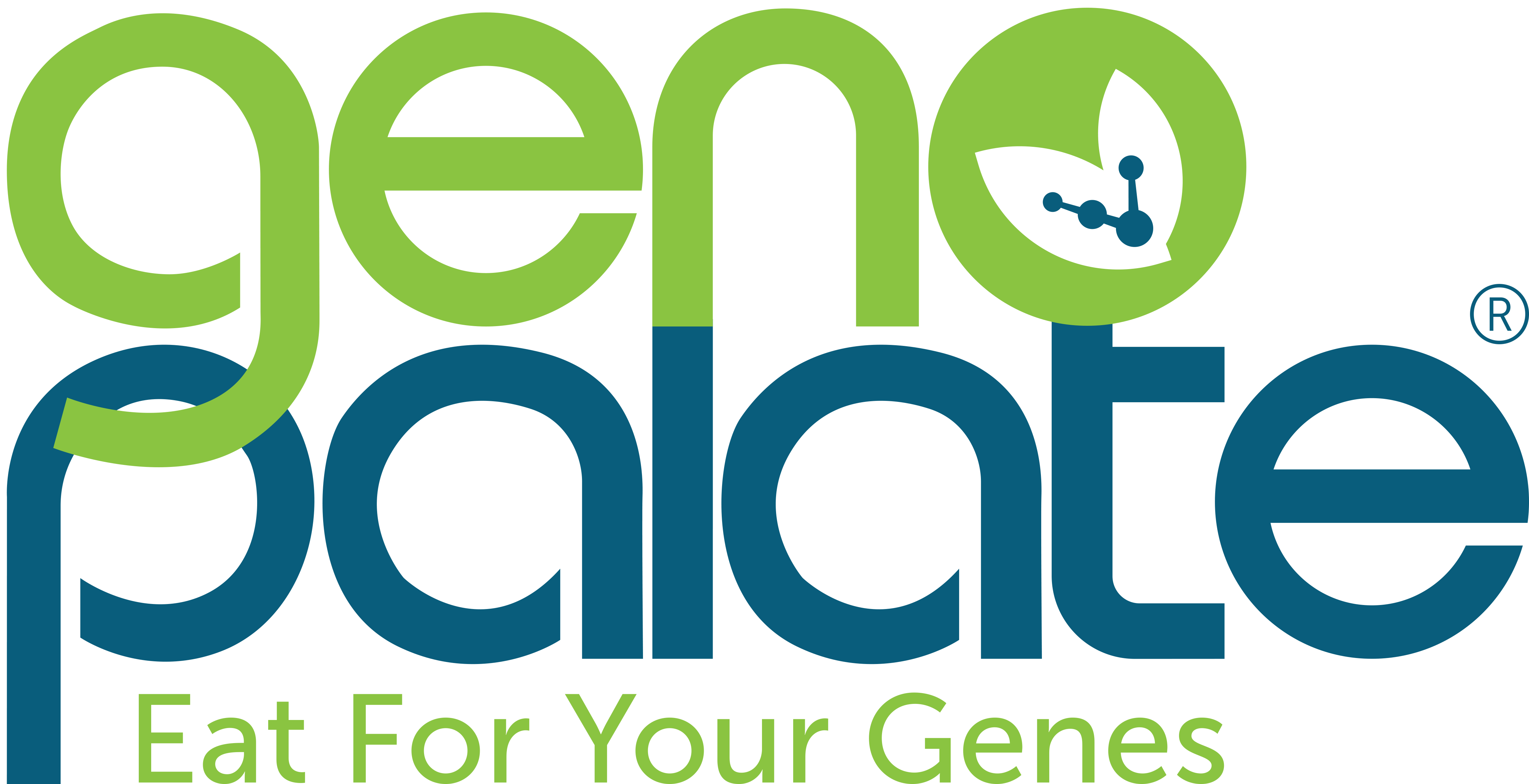"Welcome to Genetics 101! We are going to take you through the basics of understanding your genes and DNA so you'll be prepared to utilize the information your personalized nutrition report."
-Sherry Zhang, Ph.D., Founder & CEO
You’ve heard of DNA. You remember genes from high school biology. And you’re vaguely aware they control your physical traits: eye color, height etc. But did you know your genes actually determine how your body is affected by everything you eat?
In Genetics 101, we’ll be dishing some fundamental knowledge you can use to better understand the connection between your DNA, nutritional science and your own health. Let’s dig in...
Your chromosomes
Everyone inherits 46 chromosomes—23 from your mom and 23 from your dad. These chromosomes are made up of DNA that is tightly wound around proteins called histones. All of your cells have all 46 chromosomes; the only exceptions are your reproductive cells which have 23 each.
These chromosomes are made up of DNA that is tightly wound around proteins called histones. All of your cells have all 46 chromosomes; the only exceptions are your reproductive cells which have 23 each.
Your genes make proteins
DNA is the genetic material that carries information about how your body looks and functions. It’s made up of molecules called nucleotides, which come in four types: Adenine (A), Thymine (T), Cytosine (C), and Guanine (G).
Within your DNA there are specific sequences of these nucleotides called genes. Genes provide instructions for making proteins that act as the workers of your cells. They go by many names and have many different functions. Enzymes, hormones and antibodies are all types of proteins.
Proteins are responsible for the function of your body’s tissues and organs, including the way your body processes the food you eat.
They can change from person to person depending on the sequence of nucleotides (A, T, C, and G) found in each person’s genes. The locations where these nucleotides vary are called genetic variants.
How you are different from everyone else
If you and a friend have different genotypes for a genetic variant, your resulting protein can be very different in both structure and function. This leads to differences in everything from what color your eyes are to how you process the carbohydrates in pasta.
In this example bellow, the TT genotype for a variant within the FTO gene is shown. People with this genotype may metabolize fat more efficiently than people with the AT genotype.
Here’s another example: studies found people with the CC genotype for a variant within the IRS1 gene have a lower body mass index (BMI) and improved insulin resistance when consuming a high carbohydrate intake compared to people with the CT and TT genotypes. This means that if they tried a low-carb diet, it may not work for them even though it works for their friend with the TT variant.
No more one-size-fits-all eating
And that’s exactly why GenoPalate exists. We believe that people with unique genetic profiles should have the knowledge that empowers them to choose the right foods for their genes and not be discouraged by one-size-fits-all advice and diets.
"You are a science machine! You're going to love what you learn from your genetic-based nutrition recommendations."
-Sherry Zhang, Ph.D., Founder & CEO
